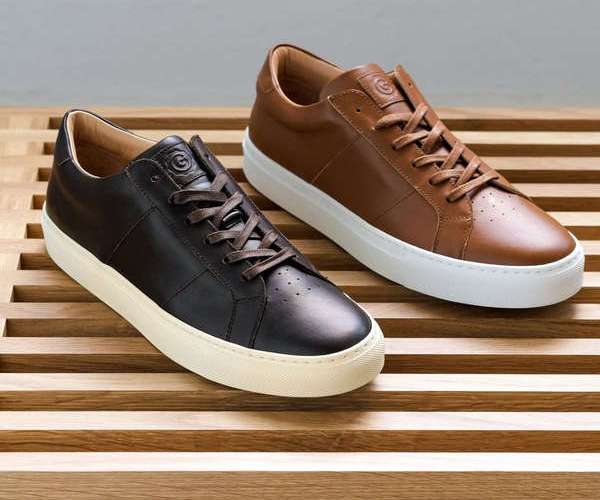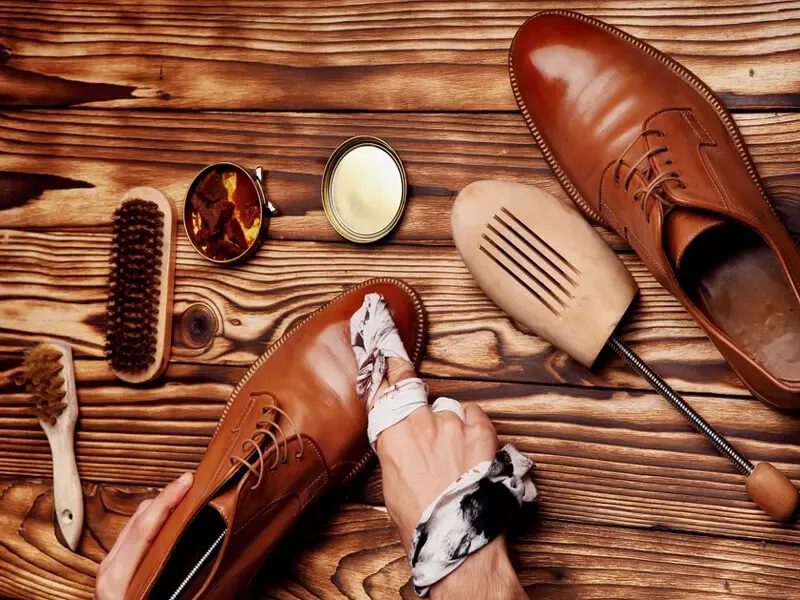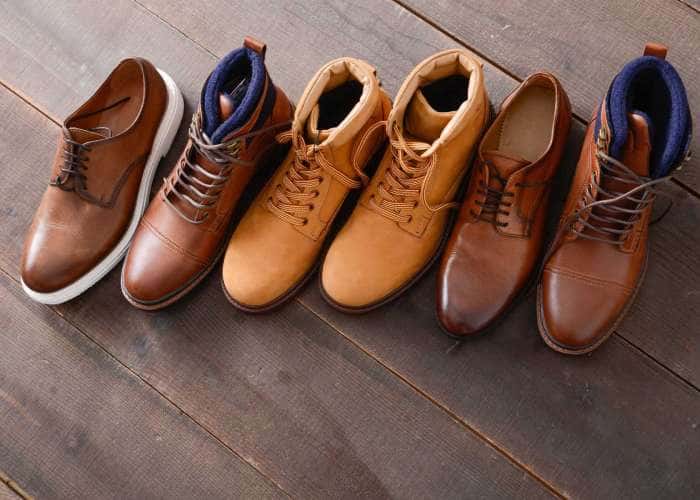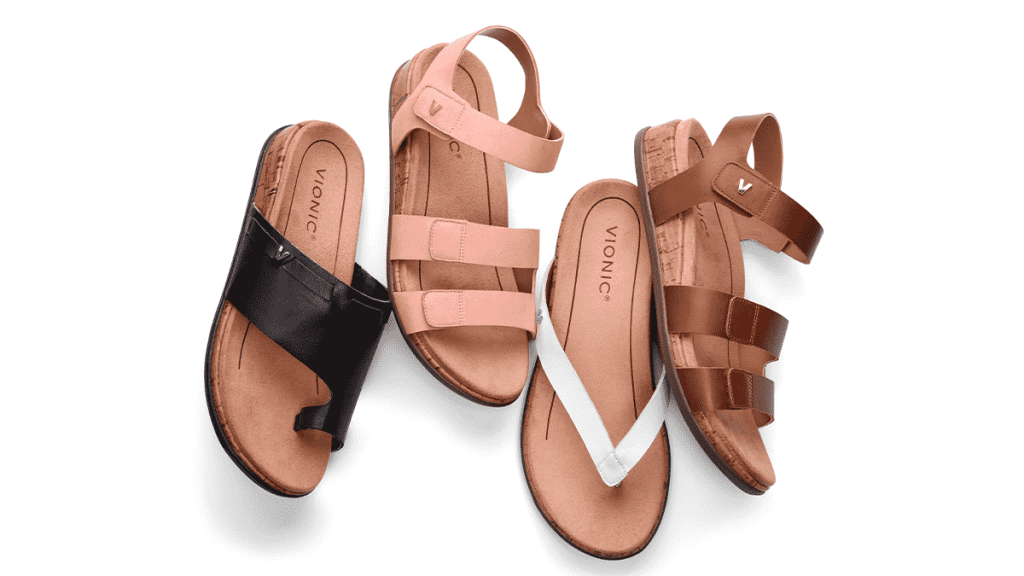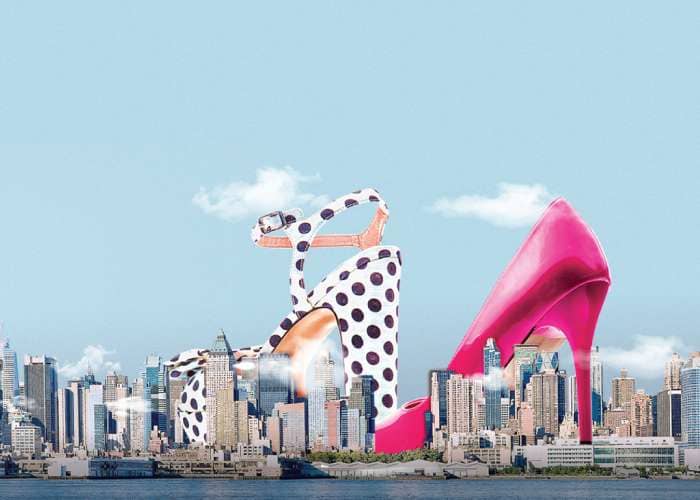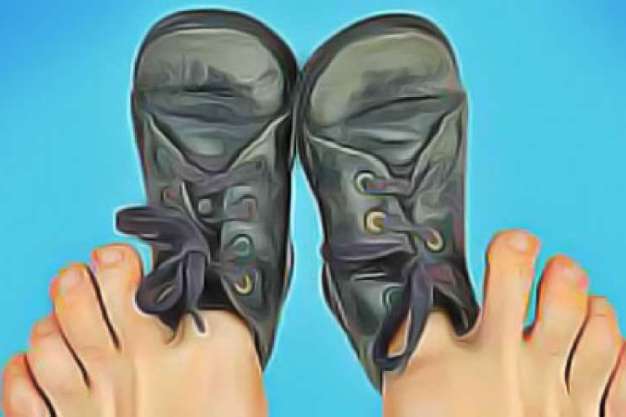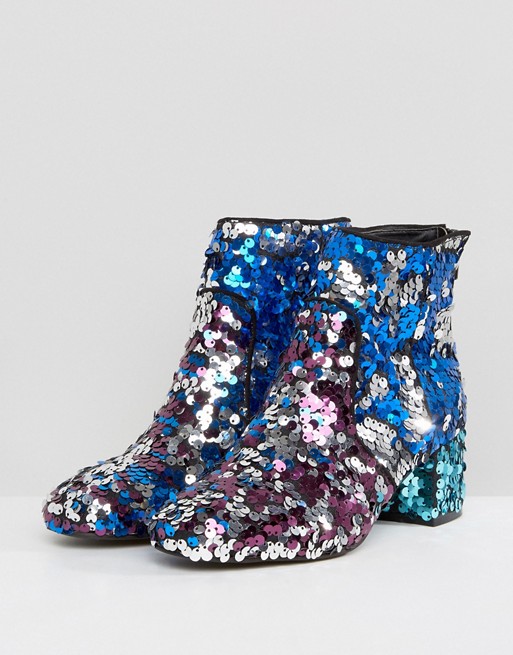
A fashion boots is a boot worn for reasons of style or fashion (rather than for utilitarian purposes – e.g. not hiking boots, riding boots, rain boots, etc.). The term is usually applied to women’s boots. Fashion boots come in a wide variety of styles, from ankle to thigh-length, and are used for casual, formal, and business attire. Although boots were a popular style of women’s footwear in the Nineteenth Century, they were not recognized as a high fashion item until the 1960s. They became widely popular in the 1970s and have remained a staple of women’s winter wardrobes since then.
History of fashion boots
Pre-1960s
In the 19th and early 20th Centuries, ankle and calf-length boots were common footwear for women. Rising hemlines made longer styles of boots popular. In 1913, Denise Poiret, the wife of celebrated French couturier Paul Poiret, caused a sensation in Paris and New York by wearing knee-length boots in wrinkled Morocco leather. Designed by her husband, made by the bottier Favereau, and styled with a low heel and a square toe, she had versions in red, white, green, and yellow. By 1915 The New York Times was reporting that, inspired by Mme Poiret, women had adopted these “Russian boots” as an acceptable alternative to baring ankles and calves. By the 1920s Russian boots were available in a variety of styles, calf- or knee-length, with a Cuban or Louis heel, which could be pull-on, or zip-fastened for a closer fit. Worn with knee-length skirts, they often featured decorative features such as elaborate stitching or fur trims.
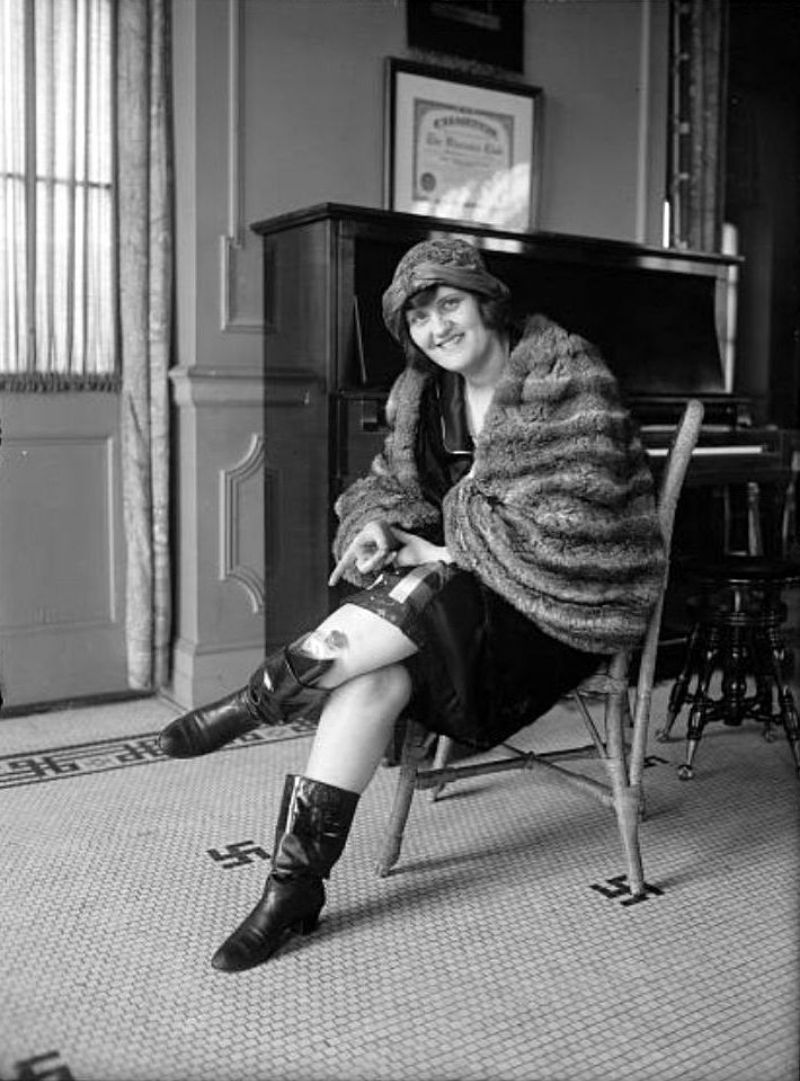
Russian boots were popular during the 1920s and the emergence of these tall boots for women was interpreted by some contemporary writers as a consequence of women’s transition from the “leisure class” to the world of business. But as their popularity grew, concerns over quality meant that where protection from the elements was needed, Russian boots were increasingly replaced by fashionable variants of the rubber Wellington boot. As roads were surfaced and horse-drawn transport gave way to the motor engine, the additional protection provided by boots was no longer needed. Boots were seen as restrictive and uncomfortable when compared with the new styles of fashionable shoe that complimented a more streamlined and simplified look for women’s clothing. Although they were still popular as late as the beginning of the 1930s, within a few years Russian boots had fallen out of favor.
1960s
American designer Beth Levine is widely credited as the first person to introduce boots into Haute Couture.As early as 1953, Beth Levine introduced under the Herbert Levine label a calf-length boot in white kidskin, which sold poorly. Most retailers saw boots as a separate category of footwear from shoes, to be worn for protection from bad weather or for work. By contrast, Levine argued that boots were shoes and could be an integral part of a woman’s outfit. In 1957, Herbert Levine produced an entire collection of based around fashion boots, and despite widespread skepticism on the part of other designers and manufacturers, calf-high, kitten-heeled fashion boots for women began to grow in popularity in the late 1950s and early 1960s. In 1962 Balenciaga’s fall collection featured a tall boot by Mancini that just covered the knee; the following year Yves Saint Laurent’s couture collection included thigh-length alligator skin boots by designer Roger Vivier and Vogue was able to announce that boots of all lengths were the look of the moment. The re-emergence of boots as a fashion item in the 1960s has been interpreted as an antidote to the femininity of Dior’s post war “New Look”.
Rising hemlines and the availability of new, brightly colored artificial materials such as PVC, combined to make boots an attractive fashion option for younger women. In 1965 André Courrèges released the first of his iconic white leather calf-length boots and designers such as Mary Quant, who launched her own “Quant Afoot” line of footwear in 1967, produced inexpensive, machine-molded plastic boots in a variety of different colors to be worn in tandem with miniskirts. The rising price of leather during the 1960s made these plastic and vinyl boots a popular alternative to more traditional footwear. As skirts became even shorter in the late 1960s, there was a resurgence of interest in thigh-length boots or cuissardes. Pierre Cardin featured shiny black PVC thighboots as part of his futuristic 1968 couture collection and Beth Levine designed seamless, stretch vinyl and nylon stocking boots tall enough to do double duty as hosiery. The tallest boots from this period were so high that they were equipped with suspenders to hold them up. High laced boots, similar to those worn in Edwardian times, were also popular.

